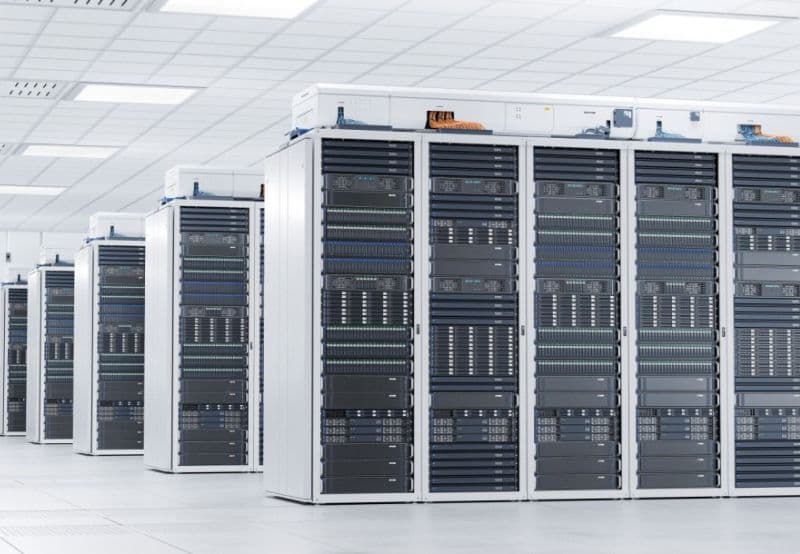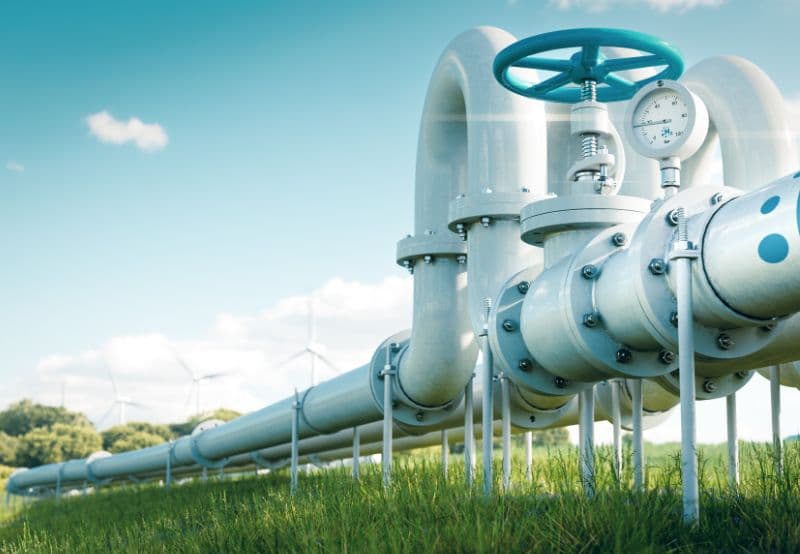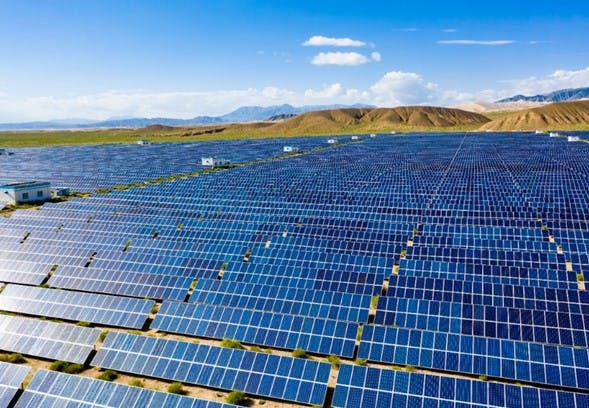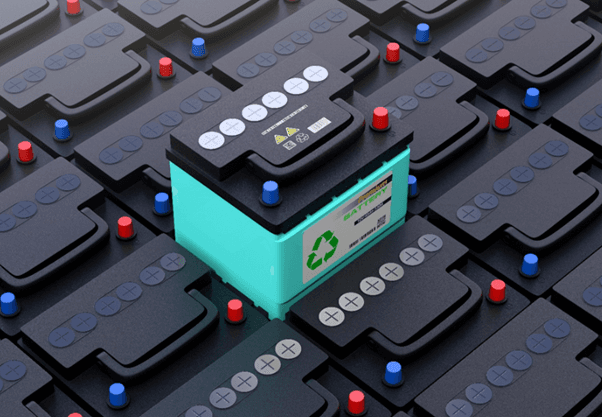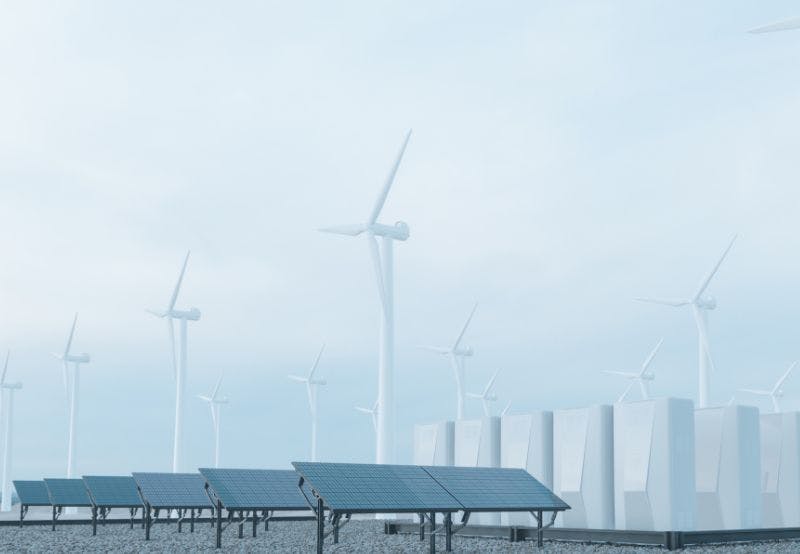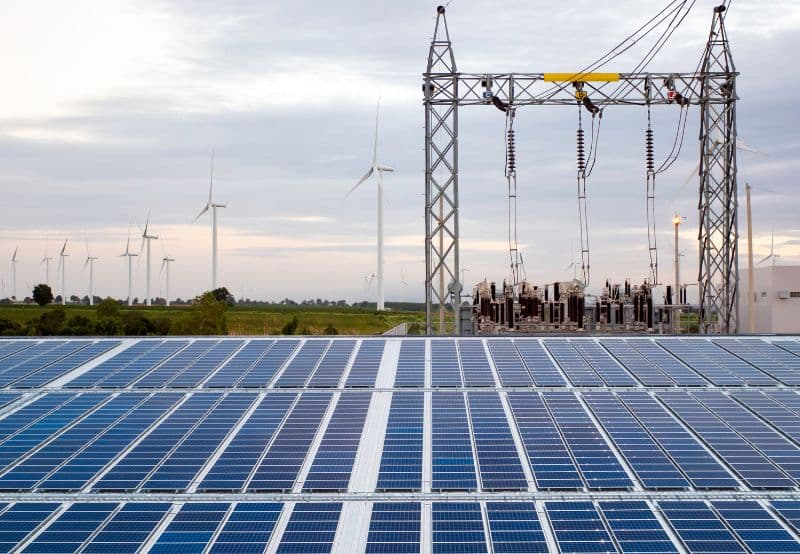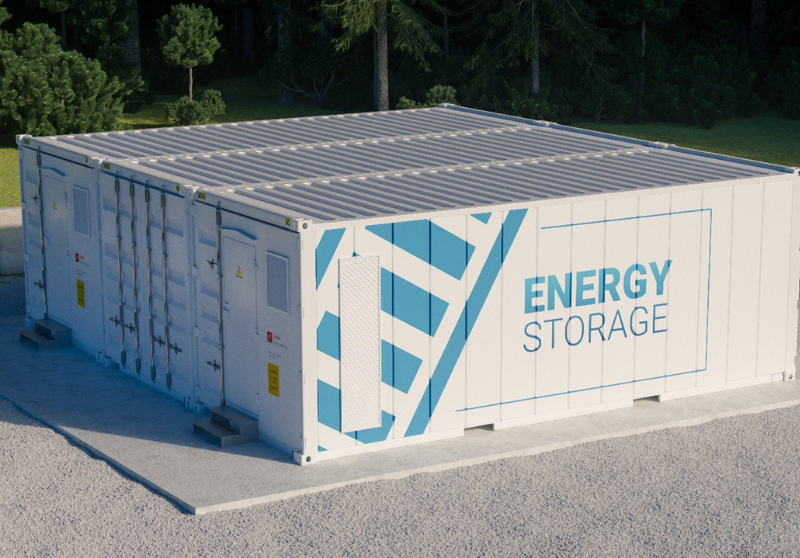berkeley-lab
The U.S.’s electricity demand for data centers has tripled over the last decade. It is expected to further double or triple by 2028, according to the report published by...
Scientists have found a cleaner way to produce ammonia from rare-earth metals, which works well at room temperature and pressure. The process, known as the Haber-Bosch...
New residential solar installations in the U.S. had a median size of 7.2 kW in 2022, a significant jump from the 2.4 kW seen in 2000, thanks to cost reductions and...
A consortium of battery scientists, led by Lawrence Berkeley National Laboratory (Berkeley Lab), is working to advance battery technology without reliance on metals like...
At the end of 2022, there were 374 hybrid power projects (each with capacities of 1 MW and above) in the United States, a 25% year-over-year increase, according to...
Solar, storage, and wind projects account for 95% of over 2 TW of all proposed generation capacity awaiting connection to the grid in the United States at the end of...
If heating and cooling loads are excluded from backup, small behind-the-meter Solar Photovoltaic plus Energy Storage Systems (PVESS) with just 10 kWh of storage can...
Nearly 12.5 GW of new utility-scale solar capacity came online in the U.S. in 2021, taking the cumulative capacity to 51.34 GW across 1,131 projects. Falling costs drove...
The proposed solar, battery storage, and wind power project capacity lined up to connect to the electric grid across America has risen to 1,400 GW, according to new...
1
...
1
